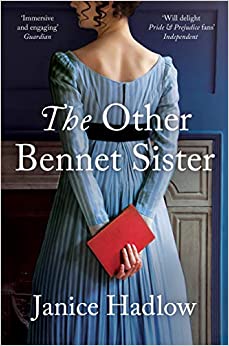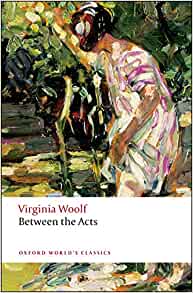The Other Bennet Sister was SWFT Reading Group’s book for January. As it came in at a hefty 655 pages, we gave everyone two months to read it. The book is the first novel by Janice Hadlow and is the story of Mary, the overlooked and underdeveloped middle sister from Pride and Prejudice.

In the main, the group said that they had enjoyed the story, but that it was unnecessarily long (at least 100 pages too long!). As everyone had read Pride and Prejudice, even if not recently, it was interesting seeing the plot from a completely different point of view where characters that readers liked did not come across as well as expected. It was obvious that the author loved Jane Austen, and the book had hints of not only Pride and Prejudice, but also Mansfield Park, and Sense and Sensibility. The group thought that the story would work well as a costume drama – and in fact it has already been optioned for a television series.
Having read Pride and Prejudice, several of the group said that they felt almost complicit in the treatment of Mary at the hands of her family where she seems to be viewed as part of the furniture. Mrs Bennet loathes Mary’s spectacles and is frustrated that she isn’t as pretty as her sisters which means that she isn’t marriageable. Mr Bennet loathes the shallowness of Mrs Bennet and makes Lizzy into a favourite, ignoring Mary and his other daughters. Her other sisters pair off, leaving Mary alone. Partly due to her loneliness, and because of her family’s attitude towards her, she finds herself misjudging how to react in social situations. One of the ways Mary tries to improve herself is by reading, and her reading list is available online:
The recreations of the Austen world – Vauxhall Gardens, London department store, and the Lake District were vivid depictions of what Mary could have experienced. The differences between running errands in Longbourn or Meryton with her sisters, and going out to a department store in London with her aunt is huge, though carefully understated.

There are a mixture of characters who appear through the novel, some from the original Pride and Prejudice, and some from Mary’s story. Charlotte Collins (née Lucas) comes across as a pragmatist who settled for what she could get. Mary’s arrival destabilises their marriage and reminds them to make more of an effort – while they weren’t expecting great romance, they needed to make compromises. When viewed through Mary’s spectacles, Mr Collins seemed to be a bit more human, and was certainly kind in teaching her Greek. The Gardiners who are kind and friendly in the original text, are more so here, and help Mary understand herself.
William Ryder and Thomas Hayward are believable Austen figures, with Ryder having a reckless, Byronesque aura, and Hayward who is “not particularly handsome, but his expression was so affable and amused that by the time this fact was noticed, it was too late for it to matter” (p342) and hides in Wordsworth’s poetry. There is also the inevitable Miss Bingley who appears throughout the novel, in much the same way that she taunts Lizzy throughout Pride and Prejudice.
This isn’t a romance novel with a happily ever after. It isn’t a story about a dowdy girl who becomes a butterfly through the love of an (in)appropriate man – it is about a woman finding who she wants to be, despite her family.
Our next book is Virginia Woolf’s Between the Acts – now currently available from the Education Centre Library. We’ll be discussing this on Wednesday 22nd February at 1pm.
Find out more about our reading groups here
Take a look at the blog posts for our previous reads here.

